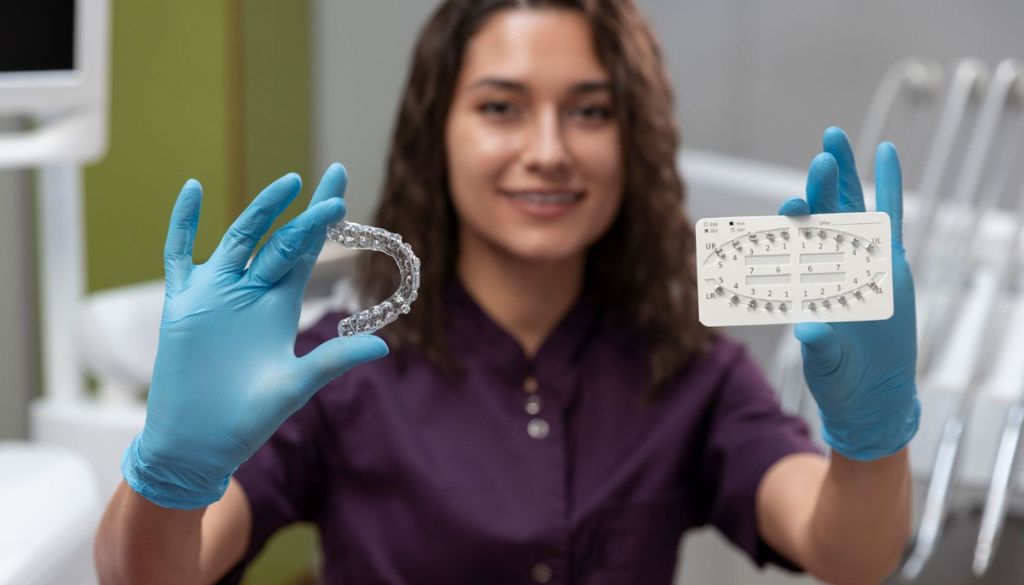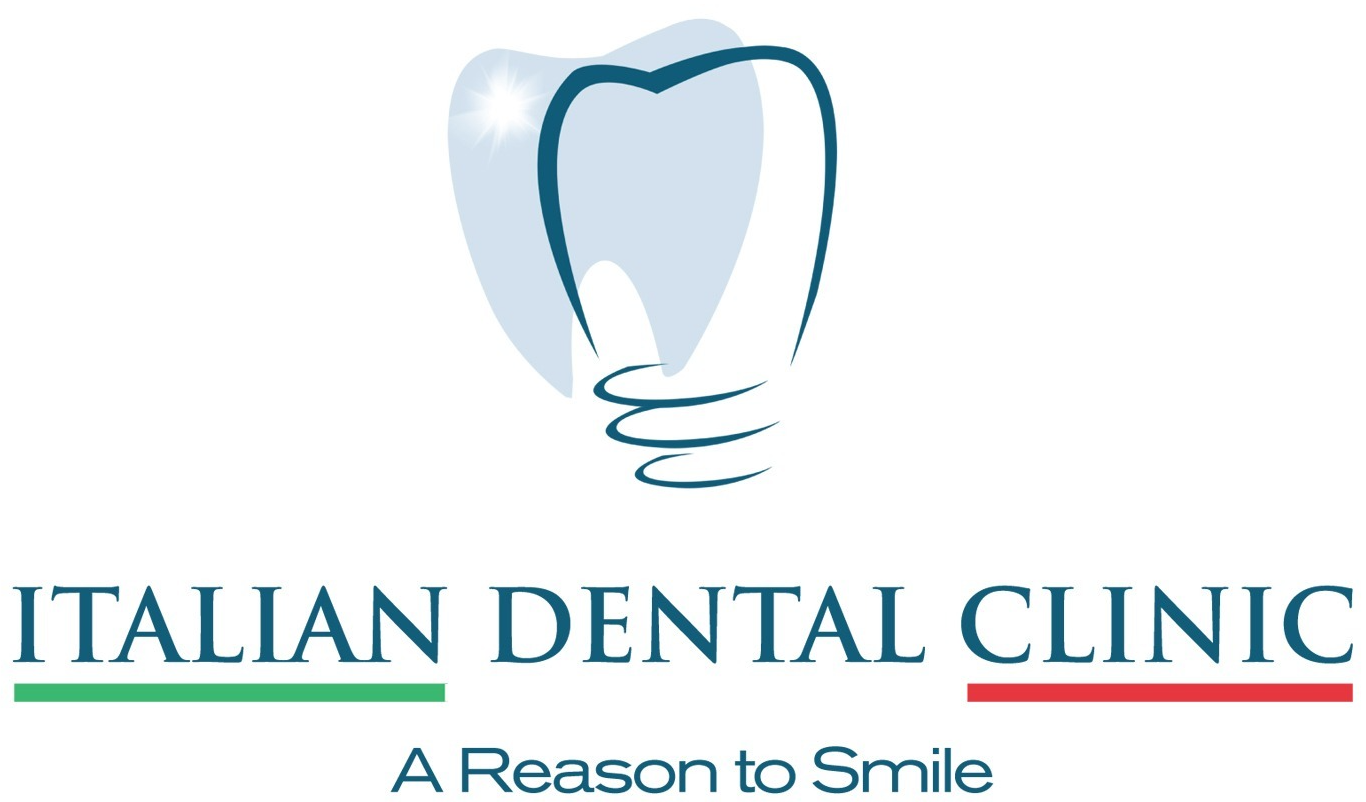Braces vs Aligners: Which Orthodontic Treatment is Best for You?
When achieving a perfectly aligned smile, the choice between traditional braces for teeth and modern invisible aligners is often at the forefront of orthodontic decisions. Both methods, including clear aligners, have transformed countless smiles, but each comes with its own set of advantages and disadvantages. Understanding these differences will help you make an informed choice for your orthodontic journey. At the Italian Dental Clinic in Dubai, our experts are here to guide you through these options and help you find the best solution for your unique needs.
Understanding Braces and Aligners
Braces have been a fundamental method of orthodontic treatment for many years. These appliances consist of metal brackets bonded to the teeth, connected by wires that gradually move the teeth into the desired position. While traditional metal braces are the most common, there are also ceramic braces, which are less noticeable due to their tooth-colored appearance.
Aligners, on the other hand, represent the cutting-edge of orthodontics. Clear aligners, like Invisalign, are custom-designed, removable trays that fit comfortably over your teeth. These trays are replaced every few weeks as they gradually shift the teeth into their new alignment. Aligners offer a nearly invisible alternative to braces, making them particularly popular among adults and teens.
The Pros and Cons of Braces
Advantages of Braces:
• Effective for Complex Cases: Braces are highly effective for correcting severe misalignments, complex bite issues, and rotated teeth. Their strength and precision make them ideal for challenging orthodontic cases.
• No Compliance Required: Braces are fixed appliances, meaning they always work, regardless of the patient’s involvement. This is beneficial for patients who may not consistently wear removable aligners.
• Versatility: With options like metal, ceramic, or lingual braces (placed behind the teeth), patients can choose a style that suits their needs and aesthetic preferences.
Disadvantages of Braces:
Aesthetic Concerns: Despite advancements in discreet options like ceramic braces, traditional braces are still more noticeable than aligners.
• Dietary Restrictions: Patients with braces must avoid certain foods, such as sticky or hard items, to prevent damage to the brackets and wires.
• Oral Hygiene Challenges: Braces can make brushing and flossing more difficult, increasing the risk of plaque buildup and cavities if not properly managed.
The Pros and Cons of Aligners
Advantages of Aligners:
Aesthetic Appeal: Aligners are nearly invisible, offering a discreet orthodontic option for those who prefer a subtle treatment.
Removability: You can remove aligners for eating, drinking, brushing, and flossing, which promotes better oral hygiene and eliminates dietary restrictions.
• Comfort: Aligners are custom-made to fit your teeth and do not have wires or brackets that can irritate the mouth.
Disadvantages of Aligners:
• Compliance is Key: To ensure effectiveness, you must wear aligners for 20-22 hours a day. Patients who are not diligent in wearing their aligners may experience delays in their treatment.
• Not Ideal for All Cases: Aligners are less effective for severe orthodontic issues, such as significant bite corrections or extremely rotated teeth.
Cost: Depending on the complexity of the treatment and the provider, aligners can sometimes be more expensive than traditional braces.
Choosing Between Braces and Aligners
Deciding between braces and aligners depends on multiple factors, including the complexity of your orthodontic issues, your lifestyle, aesthetic preferences, and budget. For individuals with complex dental problems, braces might be the more effective option due to their strength and precision. On the other hand, those looking for a more discreet and flexible solution may find aligners to be the perfect fit.
Conclusion
Orthodontic treatment is a significant investment in your oral health and confidence. Whether you opt for braces or aligners, both methods have proven effective in achieving beautifully aligned smiles. Consulting with a qualified orthodontist will help you determine which option best suits your needs, ensuring that you embark on the most suitable path to a perfect smile.
Whether it’s the tried-and-true reliability of braces or the modern convenience of aligners, the choice ultimately depends on your unique situation and personal preferences.





